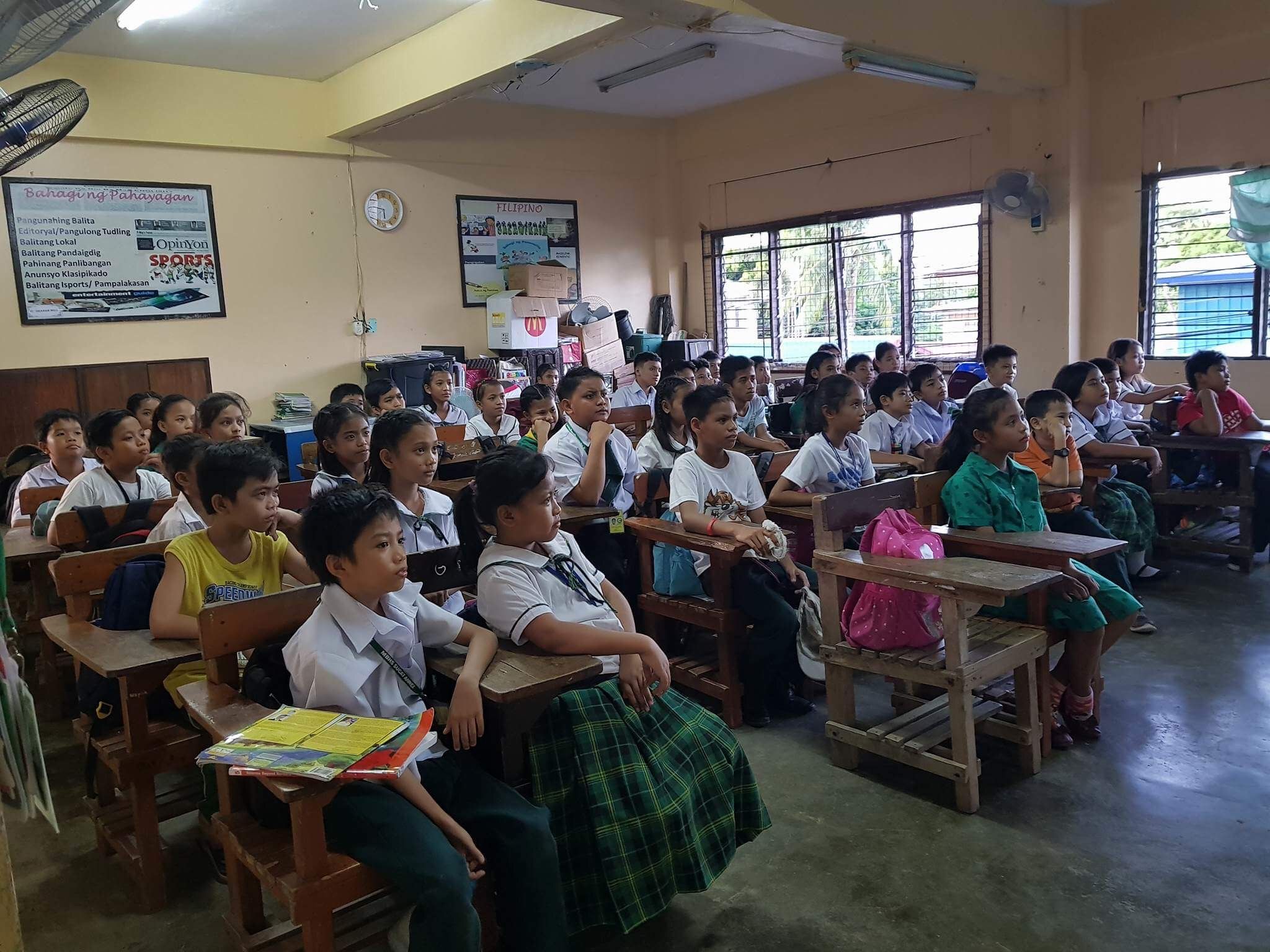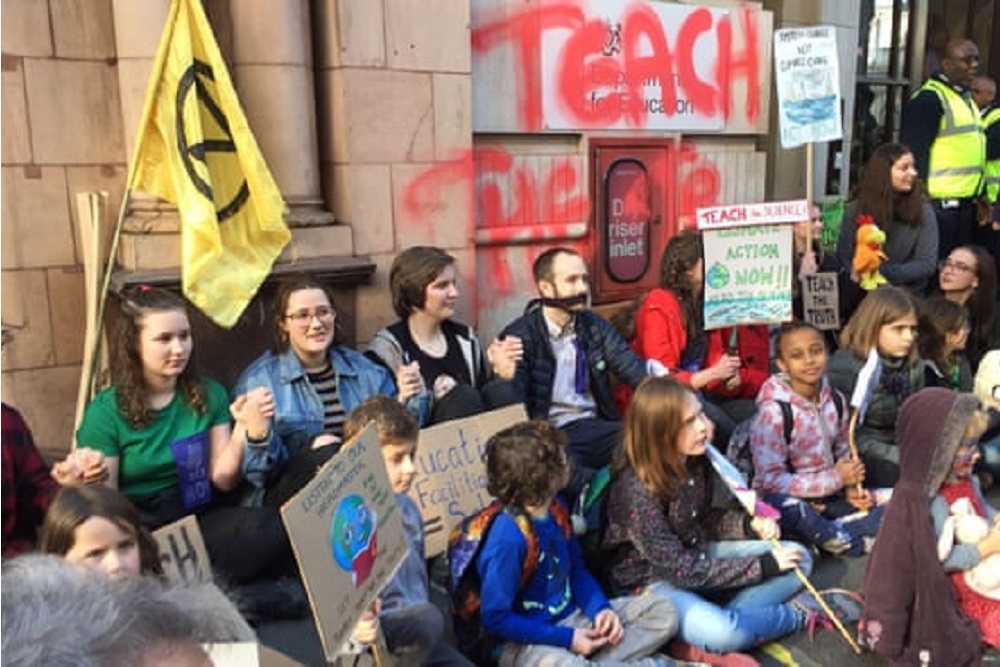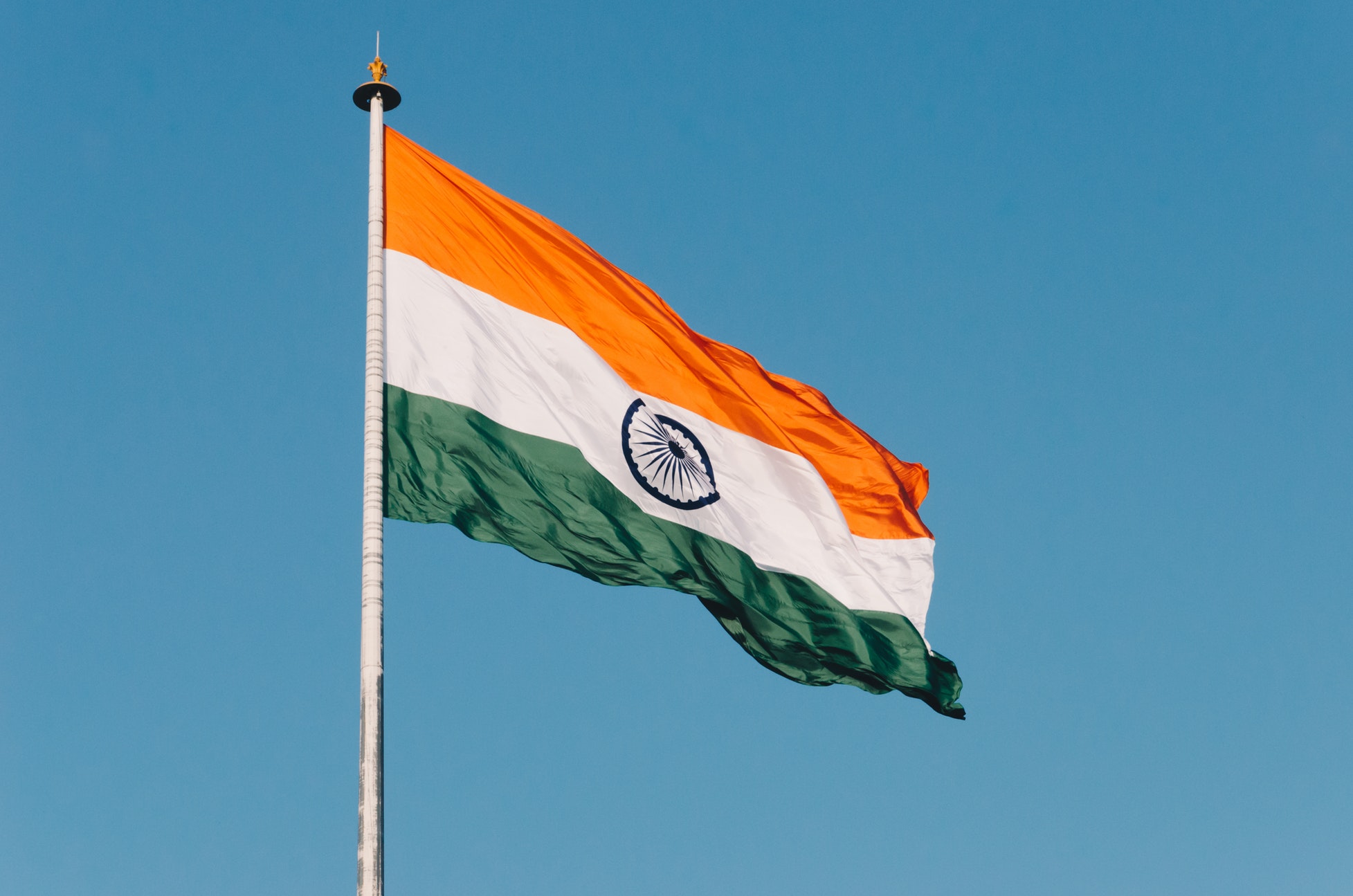Education in the Philippines seems to be put in a bad light by the recent Organization for Economic Cooperation and Development (OECD) rankings.
The PH education system received several criticisms for failing to provide quality results. But is the problem being analyzed with the right perspective?
Millions of Filipino students go to public schools. The education system receives a hefty amount of budget from the government, around P660 billion ($13 billion). The government sets the education in the Philippines as a top priority in terms of budget, but maybe it might not be enough.
As the Australian Education Minister would have it:
There are two striking features of the reactions to the PISA results. First, it seems broadly accepted PISA defines educational quality when it only tests three subject areas and the methodology itself is questionable.
And second, the results inevitably produce a flurry of policy responses, none of which have been specifically tested as a means to improve our PISA scores.
OECD rankings
In a ranking provided by the Organization for Economic Cooperation and Development (OECD), the Philippines ranked poorly out of the 79 high and middle-income countries reviewed. According to its Programme for International Student Assessment (PISA), PH ranked last in terms of literacy and second to the last in Math and Sciences.
First on the list is China, both in literacy, Math, and Sciences. Other notable countries on the list are the United States at #13, followed by the United Kingdom at #14, and Japan at #15.
Even with fellow ASEAN countries, education in the Philippines seems to fall behind. Singapore ranked at #2, Malaysia at #56, and even Indonesia has a better rank at #72.
According to OECD standards, four out of five students from the Philippines fall on level 2 proficiency, which means they are less likely able to participate effectively and productively in the community.
Cited out by the organization that the budget allocated by the government in ratio with the studying population is considered low as compared to other countries.
Formulation of laws towards improved education
The PISA study is taken to be a motivating review for the government to improve its approach towards education in the Philippines.
Policymakers should formulate laws that will help improve the performance of public schools in the Philippines.
The increase in enrollees for public schools can be an effect of the rise in tuition fees on private schools and significant improvements in public schools.
The sudden increase of enrollees might have also been the reason why the ratio of government funding for public schools changed.
Education officials are ensuring that they are doing the right actions to compensate for the demand for international education quality. They also want to call out parents to work hand in hand in supervising and guiding their children when at home to further improve their study habits.
Featured image by Steemit







